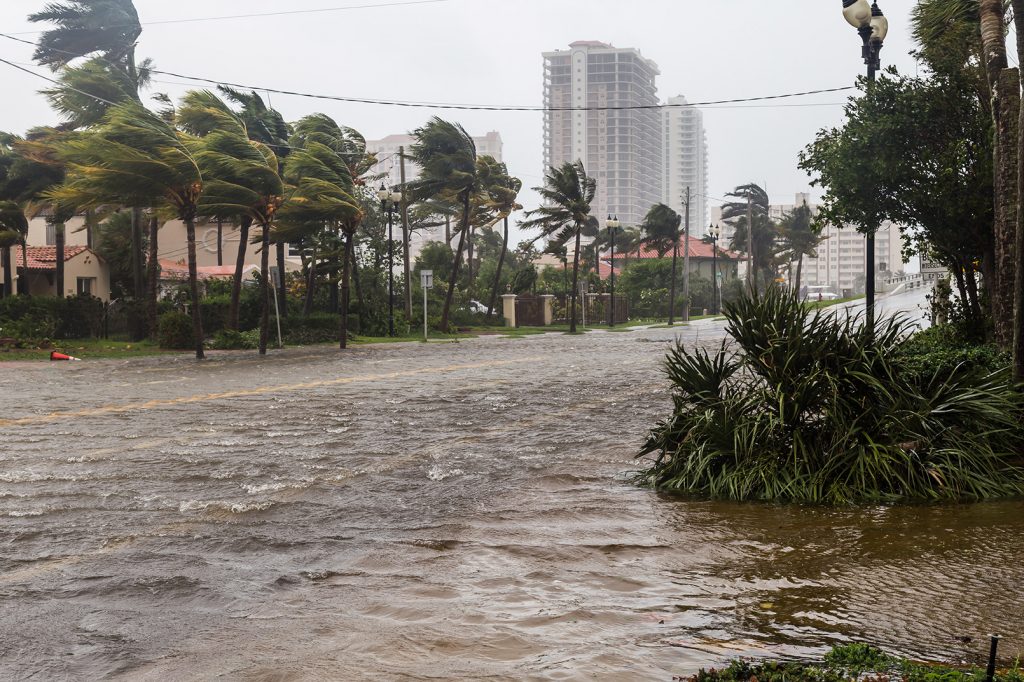
During the past several weeks, Americans have witnessed massive destruction at the hands of Hurricanes Harvey and Irma. The total economic damage – according to Joel Myers, president of AccuWeather – could be as high as $290 billion – $100 billion in Florida and $190 billion in Texas. In Crosby, Texas, there were two blasts at a chemical plant causing authorities to evacuate the area; and in Beaumont, 135,000 people were robbed of their drinking water after a water pump malfunction. Fifteen million Florida residents lost power and 25 percent of the homes in the Florida Keys were destroyed, thanks to Irma. That’s not to mention the immense destruction of the Caribbean Islands: Irma decimated nearly 95 percent of the property on Barbuda and caused a power outage affecting over 60 percent of the 1.5 million Puerto Ricans with energy suppliers. So what’s being done in the wake of this destruction?
Trump’s Executive Order
To begin answering this question, we need to look back ten days prior to the landing of Hurricane Harvey on Texas shores. On August 15th, President Donald Trump released an executive order allegedly meant to address infrastructure issues in the US. In reality, the order effectively prevented an Obama-era rule regarding federal flood risk management standards from going into effect. According to the 2015 mandate, all infrastructure and rebuilding projects would need to plan for the intensifying effects of global warming – effects such as creeping sea-levels and major storms. Essentially, the order would have updated a 40-year old standard regarding flood levels and related building regulations. Thanks to Trump’s contempt for all things related to Obama and climate change, the 2015 executive order was rescinded in a single line.
Change of Heart?
On September 8th, Homeland Security Advisor Tom Bossert indicated that the administration might soon release another executive order addressing the exigencies of flooding. In a statement to the press, he said, “We shouldn’t use federal money to rebuild in ways that don’t anticipate future flood risk. So we need to build back smarter and stronger against floodplain concerns when we use federal dollars.” It isn’t clear what the content of the executive order will contain, but it should be noted, Bossert never once mentioned rising sea levels.
Federal Aid
There has been some good news emanating from Washington. In a move deemed “ridiculous and disgraceful” by Speaker Paul Ryan, President Trump reached a deal with the Democratic leadership, extending the debt ceiling by three months and giving $15 billion in federal aid to disaster relief programs. Additionally, the bill that came out of the bipartisan deal ensures that the flood insurance program will remain intact at least until December. The legislation was signed by the President on Friday, September 8th.
Fiscal Responsibility
Of primary concern is the Trump administration’s policy position on flood management standards. Though Bossert said Trump had always planned to replace the rescinded standard, it isn’t clear what the new rule will be. This is a significant problem since funding for flood management standards can both help ensure safety and save taxpayers money. Studies have shown that for every $1 spent on preventative measures, the government will save $4 on future relief funding.
Healthy Skepticism
There’s plenty of reason to be skeptical of Bossert’s claims. One need only look at Trump’s previous budget proposals. For instance, the administration proposed a $510 million cut to the National Oceanic and Atmospheric Administration’s (NOAA) budget. The president also suggested a 26 percent reduction to the budget for the NOAA’s Office of Oceanic and Atmospheric Research. Both of these reductions would impede the NOAA’s ability to improve its predictive capabilities. Whether these proposed measures ever become a reality is beside the point. They indicate a lack of willingness on the part of the administration to support agencies vital to the nation’s wellbeing.
It appears that, though Trump has responded to the short-term emergencies of Hurricane Harvey and Hurricane Irma, it is doubtful that he and his cohorts will ever employ a long-term plan to mitigate the disastrous effects of major storms and similar natural disasters.



Leave a Comment